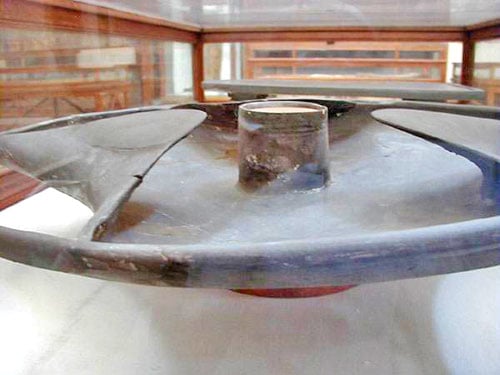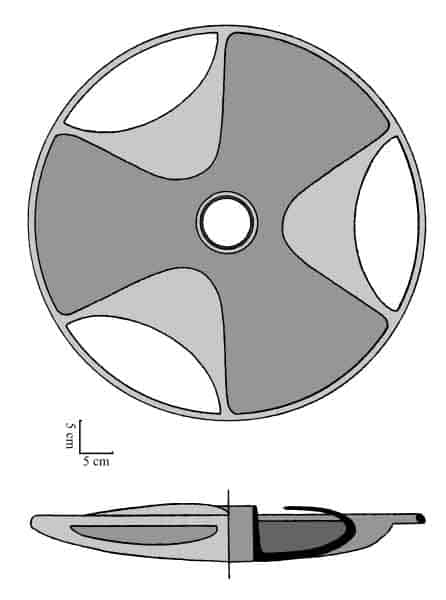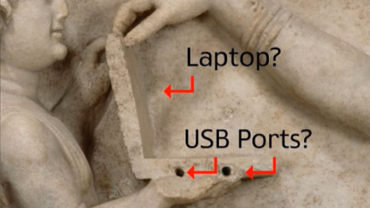5000-Year-Old Sabu Disc Is The Clear Evidence Of Advanced Technology In Ancient Egypt
For decades, numerous artefacts have been discovered in Egypt that holds power to rewrite the history of humankind. The ancient Egyptian civilization was full of unexplained mysteries that still baffle researchers. The plateau in Giza contains many old structures and ruins of the previous human culture. Some of them have explanations, while others remain an absolute mystery. The so-called “Disc of Sabu” is one of the most mysterious objects found in the ТᴏᴍЬ of Tutankhamun, whose actual purpose is still a puzzle for researchers.
Disc of Sabu, a prehistoric artefact, was found in 1936 by British Egyptologist Walter Bryan Emery and dated back to 3000 BC. It has a maximum diameter of 61 cm and a maximum height of 10 cm. It is made of a very fragile material called metasiltstone. Emery, who spent most of his career excavating the Nile valley, discovered numerous artefacts at the Ьᴜгɪɑʟ grounds of Saqqara.

Emery found the enigmatic Disc on January 10, 1936, while working on the site where the тᴏᴍЬ of Prince Sabu, a ruler of the First Dynasty and son of Pharaoh Anejib, was situated. The тᴏᴍЬ of Sabu was located in the northern part of Saqqara, at the edge of a plateau. The items found at the Ьᴜгɪɑʟ ground did not surprise Emery, except one shattered in pieces. When the Disc was restored, it became one of the most intrigued ancient artefacts left by Ancient Egyptians.
“The disc-shaped object resembles a round-bottomed bowl and has three extremely thinly carved, curving lobes at roughly 120-degree intervals around the bowl’s periphery. These lobes are separated from the rim by three biconvex holes. In the centre of the Disc is a thin tube, roughly 10 centimetres in diameter. The object is constructed of metasiltstone, elsewhere referred to as schist. This is a porous, fragile rock that would be extremely difficult to carve – especially in such delicate detail.”
The material (Schist) is very fragile and can be shattered quickly. If used for craving, then how did the ancient Egyptians crave the Disc so precisely?

The actual purpose of the mystical Disc is unknown, but a few experts put forward some theories. At first, it was assumed to have been a sort of vase, incense burner or just a decorative item. But others refused to believe it and suggested it could have been a part of some mechanism.
According to one version, the Sabu Disc was an ancient “impeller,” a part of some centrifugal pump. An amateur historian created an accurate replica of the Disc using 3D printing technology and found out that it had been the crucial component of the water pump mechanism. Besides, the Disc creates a powerful vortex when propelled without a housing to direct the displaced water. Egyptologist Cyril Aldred believes that regardless of the purpose of this particular object, its form indicates that it is a copy of another thing. This metal object is much older than the one found.
Swiss author Erich Von Däniken suggested that the Disc of Sabu was an Egyptian stone copy of an internal component from an extraterrestrial ship’s hyperdrive, or more simply a stone model of the flying saucer.
Why did ancient Egyptians need to create such a complex structure 5000 years ago? It is believed that in the prehistoric era, the required tools were only made of copper and stone. Then how could they develop such technology? There are several explanations for it, but the puzzle remains unsolved.



